You don’t need a lot of effort or the best soil to grow rosemary. You can live in a Mediterranean climate or cooler environment, and you will be able to grow this evergreen plant in both cases. This undemanding flower, really easy to maintain, is also a very healthy and tasty herb you can add to your food.
Rosemary can survive even a severe lack of water for a longer period of time. Another advantage is that it can last even more than twenty years when planted.
Here is some useful advice on how to take care of your own Rosemary plant.
1. Location
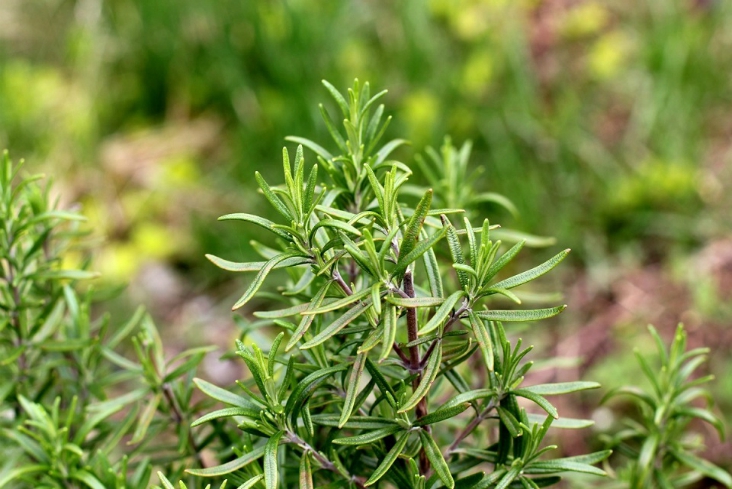
Via magazine.stigalawnmowers.co.uk
If you live in a frost-free area, you can grow the plant in the ground year-round. Rosemary grows around four feet tall and also spreads to about four feet.
It is recommended to leave approximately one and a half feet of free space around this fragrant plant. Especially if the growing area is warmer, rosemary can grow into a large and thick hedge.
2. Planting
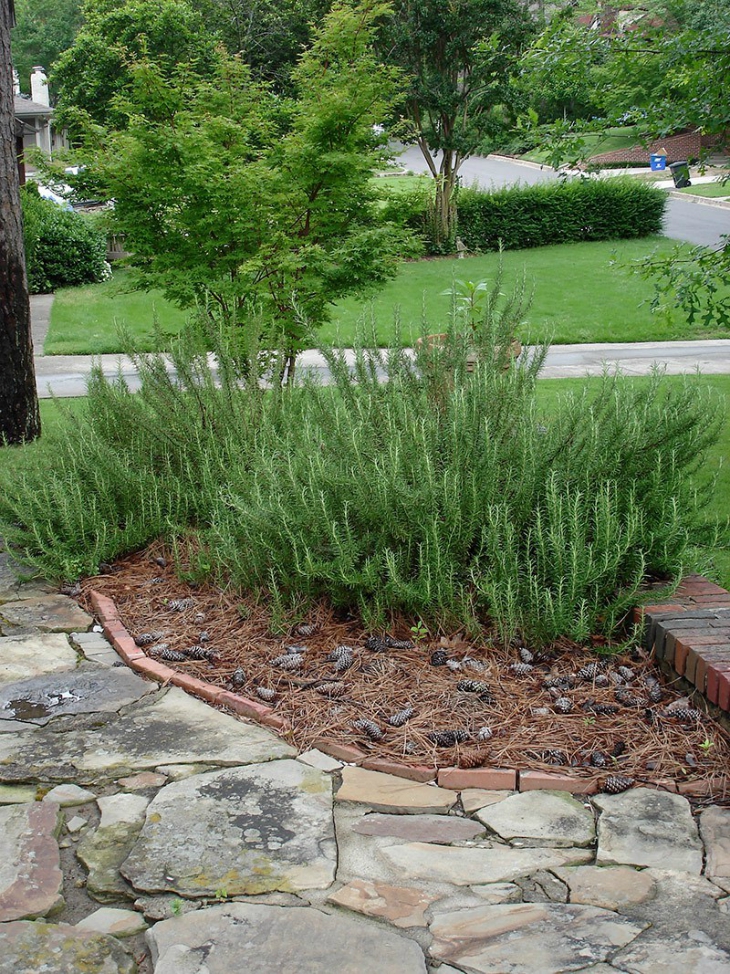
Via bonnieplants.com
Rosemary is a slow-grower in its first year, so maybe it would be better to buy a little bit bigger plant for planting. Put it into well-drained soil. The best pH is around six and a half. All that rosemary really needs is around seven hours of full sunlight every day, good drainage, and air circulation.
3. Seeds
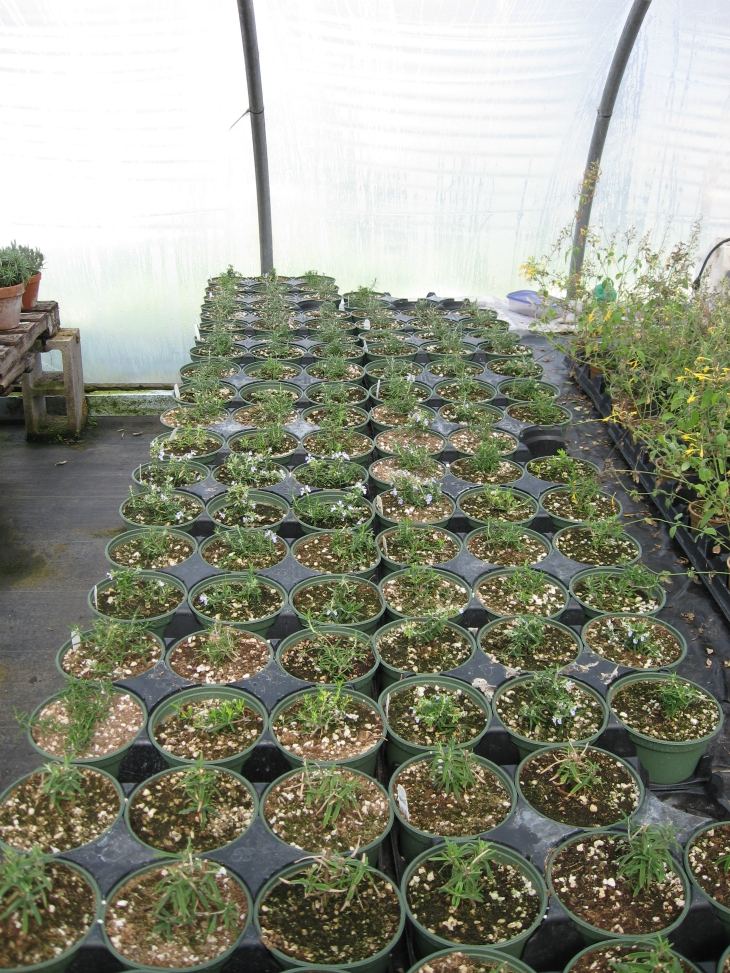
Via desertcanyonfarm.wordpress.com
When you decide to grow Rosemary from seeds, be aware that it can take a few months for the seedlings to appear. The seeds are cheap to buy, but a success rate is only around 15%. Sow them in mid-May time to a sheltered position in the pots or directly to the garden. Sol should be drained with a pH of around 6.5.
4. Maintenance
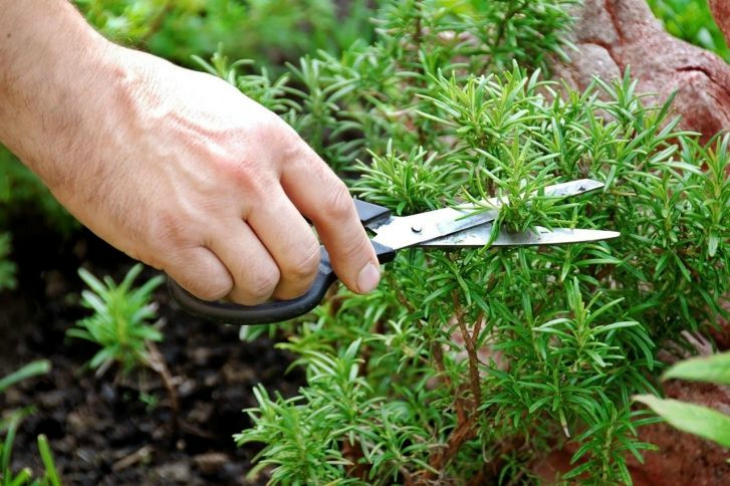
Via www.remedioscaserosdehoy.com
Rosemary doesn’t necessarily need fertilizer but adding it to the soil will help its growth. If you decide to use it, you can do it in the spring with a fish emulsion. Use the foliar spray in the middle of the season to keep plants happy and healthy. Prune the Rosemary plant regularly to prevent it from getting lanky.
5. Watering
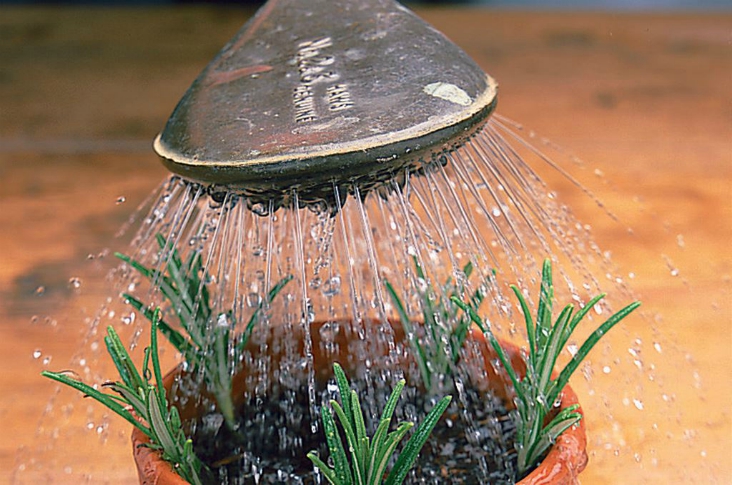
Rosemary has a good tolerance for dryness. The plant actually likes it best when the soil is not excessively moist. Water the flower evenly throughout the whole growing season but let the soil dry out before your next watering.
6. Harvesting
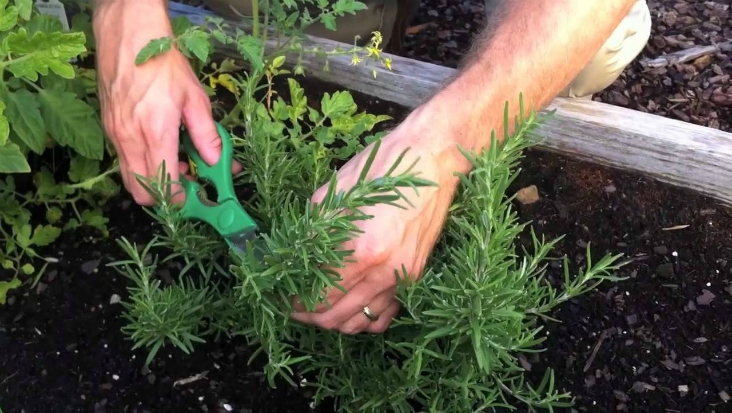
Via www.youtube.com
You can cut off young stems of rosemary throughout the whole summer and also into the fall. When the winter temperatures are too low, and it is not possible to bring plants inside, you can dry the plant. Bundle sprigs and hang them upside down in a warm, airy place. Store it in an airtight container.
7. Colder areas
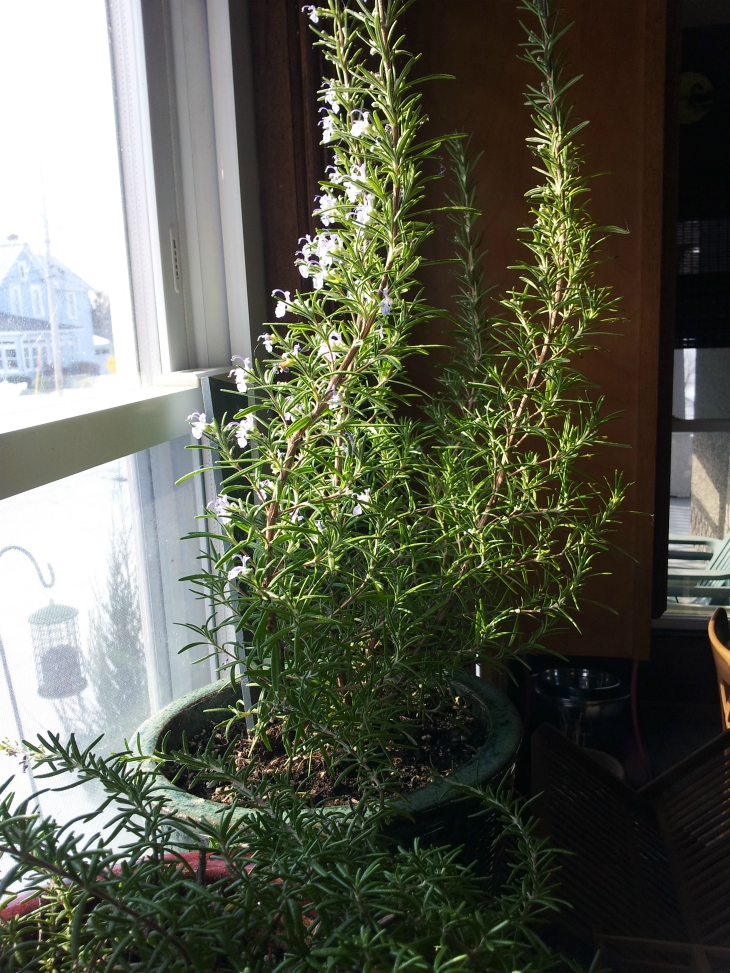
Where winters are colder, and temperatures drop below 30 degrees F., rosemary plants will have to spend the coldest months indoors if you want to grow them all year-round. If that is the case, you should consider growing your rosemary in a container all year. It will be much easier to bring it in when necessary. Be sure, though, that your plant’s sunlight needs are met even if you have to use artificial light.
8. Growing in pots
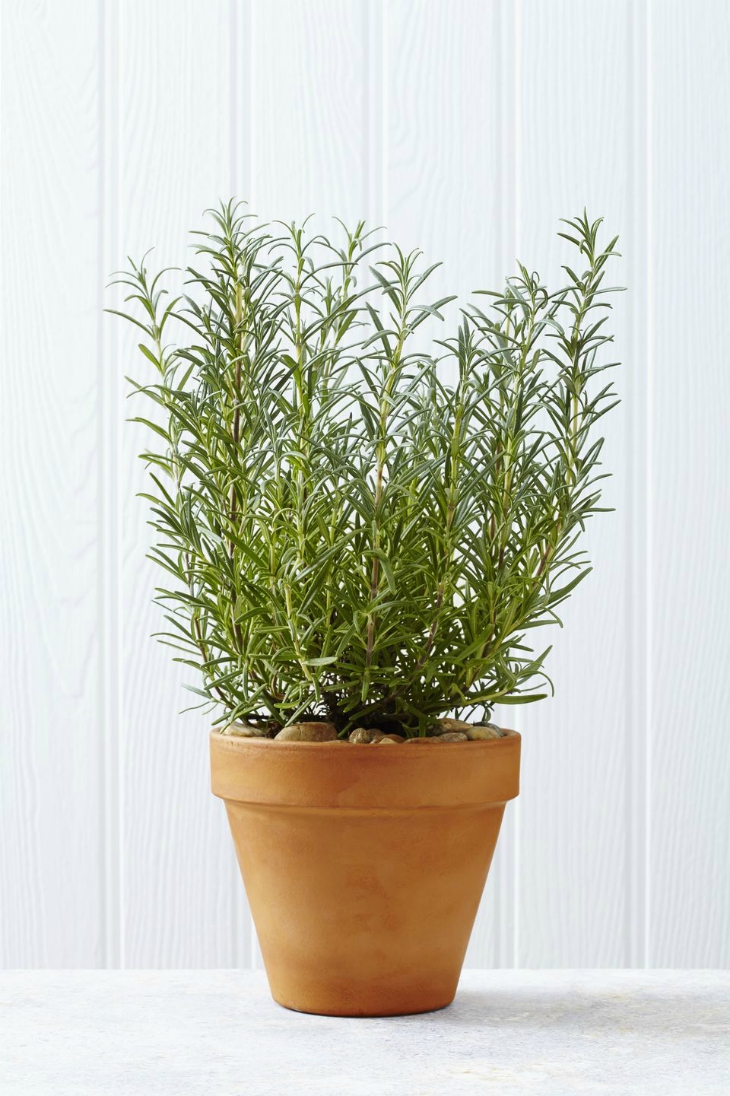
When you decide to use pots, you have to be aware of soil degeneration through watering and root growth. When the rosemary plant grows fast, and it seems like it just can’t get enough water, you have to transplant it into a larger pot. To maintain the size, you can keep the same pot, but root prunes the plant by cutting off few inches of the roots in every site.
9. Pests and diseases
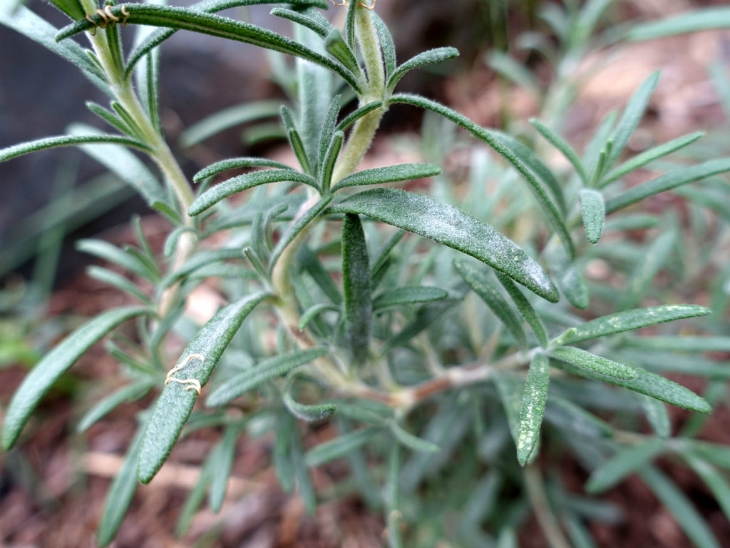
Via www.flickr.com
Rosemary doesn’t have many threats. The biggest concern might be a fungus called powdery mildew when there is a lot of humidity. Allow the soil to dry between waterings and, if necessary, use a fan for a few hours a day for better air circulation. If you find Aphids and spider miters on your Rosemary plant, use a spray of insecticidal soap.
10. Good companions

It is advisable to plant your rosemary herb near beans, cabbage, carrots, and sage. Your beans especially will benefit a lot from this plant since it repels many bean parasites.



